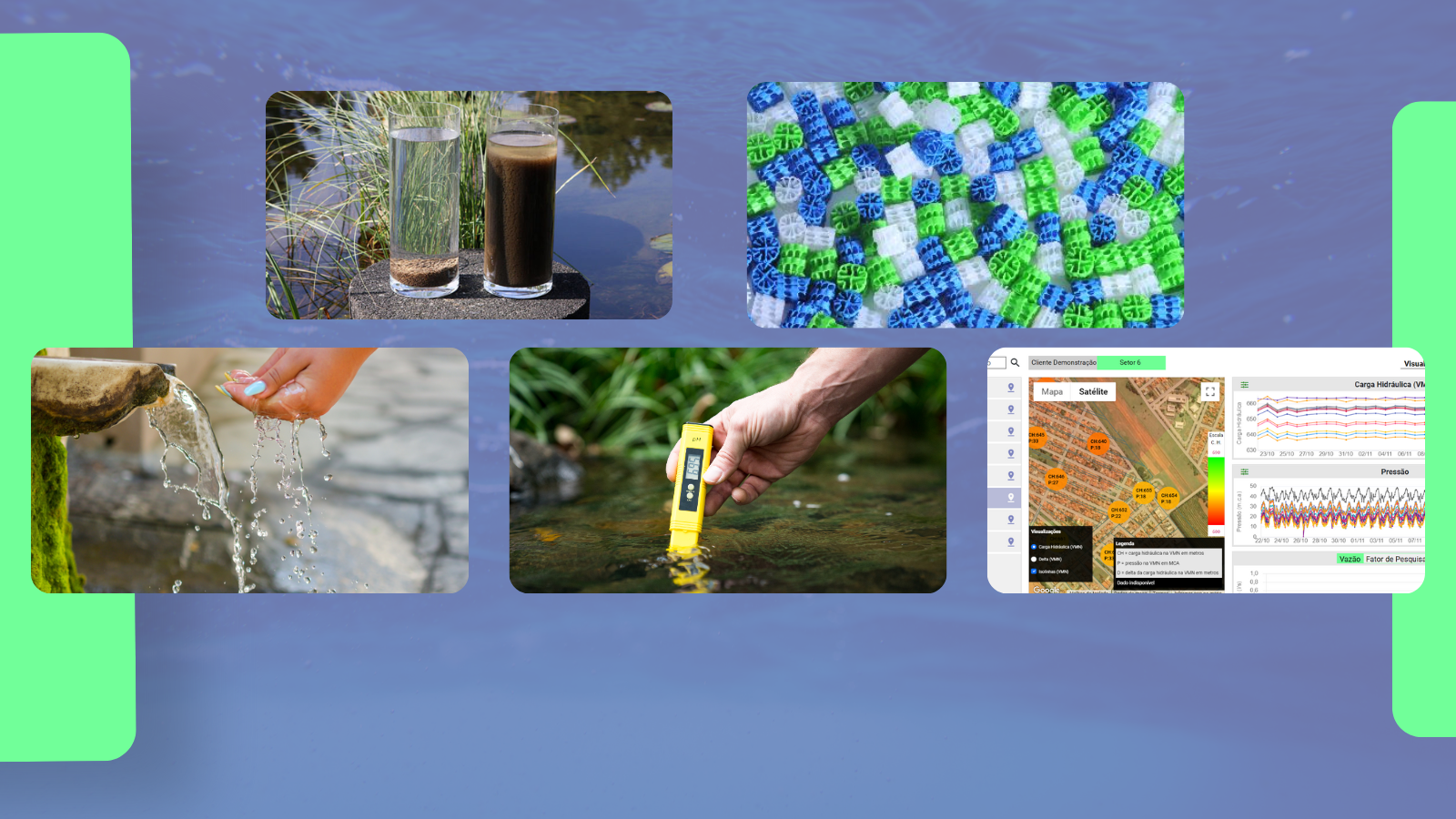5 technologies that impact basic sanitation
Basic sanitation is an essential service for public health and sustainable development. However, there are still many challenges to be overcome around the world, such as the lack of access to drinking water, treated sewage and solid waste collection.
Fortunately, technologies are playing an important role in addressing these challenges, with innovations in several areas.
Check out 5 technologies that are transforming basic sanitation:
1. Processes with granular aerobic biomass
Granular aerobic biomass is a type of sewage treatment that uses bacteria to remove organic matter. These bacteria are grown in granules that float in water, making them easier to remove. Processes with granular aerobic biomass are more efficient and economical than conventional sewage treatment systems.
2. MBBR (Moving Bed Bio-Reactor) System
The MBBR (Moving Bed Bio-Reactor) system is a type of sewage treatment that combines activated sludge processes and granular aerobic biomass. The MBBR system is more efficient than conventional sewage treatment systems and can be used to treat wastewater from different sources.
3. Water filtering membranes
Water filter membranes are a technology that can be used to remove contaminants from water. The membranes are thin and porous, and allow water to pass through, but retain contaminants. Water filter membranes can be used to treat raw water, surface water or sewage water.
4. Online water quality meters
Online water quality meters are devices that can be used to monitor water quality in real time. These meters collect data on parameters such as temperature, pH, turbidity and chlorine concentration. Data collected by online water quality meters can be used to improve the control and efficiency of water treatment systems.
5. Treated water loss reduction programs
Loss of treated water is a common problem in many countries. Losses can occur in the distribution network, water treatment plants or reservoirs. Treated water loss reduction programs aim to identify and correct the causes of losses, helping to increase the availability of treated water and reduce operational costs.
These technologies are contributing to improving water quality, increasing the efficiency of sanitation systems and reducing operating costs. They have the potential to contribute to expanding access to basic sanitation around the world.
